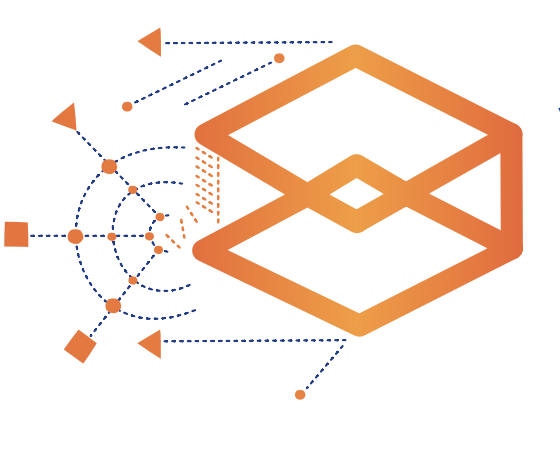


ISBN-10
--
ISBN-13
--
Material ID : 15117
Explorations in Data Science
Authors
Publisher
youcubed
Category
No Category Set
Description
In this course students will learn to understand, ask questions of, and represent data through project-based units. The units will give students opportunities to be data explorers through active engagement, developing their understanding of data analysis, sampling, correlation/causation, bias and uncertainty, modeling with data, making and evaluating data-based arguments, and the importance of data in society. At the end of the course, students will have a portfolio of their data science work to showcase their newly developed knowledge and understanding. The curriculum will be adaptable so that teachers can either use the data sets provided or bring in data sets most relevant to their own students. We will apply for A-G approval of the course, which would mean the course can be taken as an alternative to Algebra 2, or in addition to Algebra 2.
This data science course will provide students with opportunities to understand the data science process of asking questions, gathering and organizing data, modeling, analyzing and synthesizing, and communicating. Students will work through this process in a variety of contexts. Students learn through making sense of complex problems, then through an iterative process of formulation and reformulation coming to a reasoned argument for the choices they will make. All of the Standards of Mathematical Practice (SMP) will be addressed in this course.
This course is dependent upon the use and application of a variety of technologies. The appropriate and strategic use of these tools will be demonstrated and required throughout the course. The tools required will include CODAP (https://codap.concord.org/) for analyzing and visualizing data, Google Sheets for analyzing and visualizing large amounts of data (on the order of hundreds of data points), the Google Data Commons API (a website wherein students will gather, sort, visualize, and export country data that is freely available to the public, https://www.datacommons.org/), Tableau for analyzing data and creating visuals, and Python through Google Colaboratory, as students learn to use coding with larger data sets. Each tool required is widely accessible and web-based, downloading apps and software is not necessary for the use of this course.
This course has several opportunities for students to develop their explanatory writing skills across multiple platforms. Communication at every stage of the data science process is key in making sense of a context, its data, interpretation, and story. Students will revise and refine their writing using self, peer, and teacher feedback.
This data science course will provide students with opportunities to understand the data science process of asking questions, gathering and organizing data, modeling, analyzing and synthesizing, and communicating. Students will work through this process in a variety of contexts. Students learn through making sense of complex problems, then through an iterative process of formulation and reformulation coming to a reasoned argument for the choices they will make. All of the Standards of Mathematical Practice (SMP) will be addressed in this course.
This course is dependent upon the use and application of a variety of technologies. The appropriate and strategic use of these tools will be demonstrated and required throughout the course. The tools required will include CODAP (https://codap.concord.org/) for analyzing and visualizing data, Google Sheets for analyzing and visualizing large amounts of data (on the order of hundreds of data points), the Google Data Commons API (a website wherein students will gather, sort, visualize, and export country data that is freely available to the public, https://www.datacommons.org/), Tableau for analyzing data and creating visuals, and Python through Google Colaboratory, as students learn to use coding with larger data sets. Each tool required is widely accessible and web-based, downloading apps and software is not necessary for the use of this course.
This course has several opportunities for students to develop their explanatory writing skills across multiple platforms. Communication at every stage of the data science process is key in making sense of a context, its data, interpretation, and story. Students will revise and refine their writing using self, peer, and teacher feedback.
notes
The curriculum website is accessible for all at no cost with a subscription. A login is required.
edition
First edition
Pricing Models
No pricing models or cost proposal PDF documents found.
Ancillaries / Related Materials
No related materials found.

UTAH STATE BOARD OF EDUCATION
250 East 500 South
Salt Lake City, UT 84111-3204
Phone: 801.538.7807